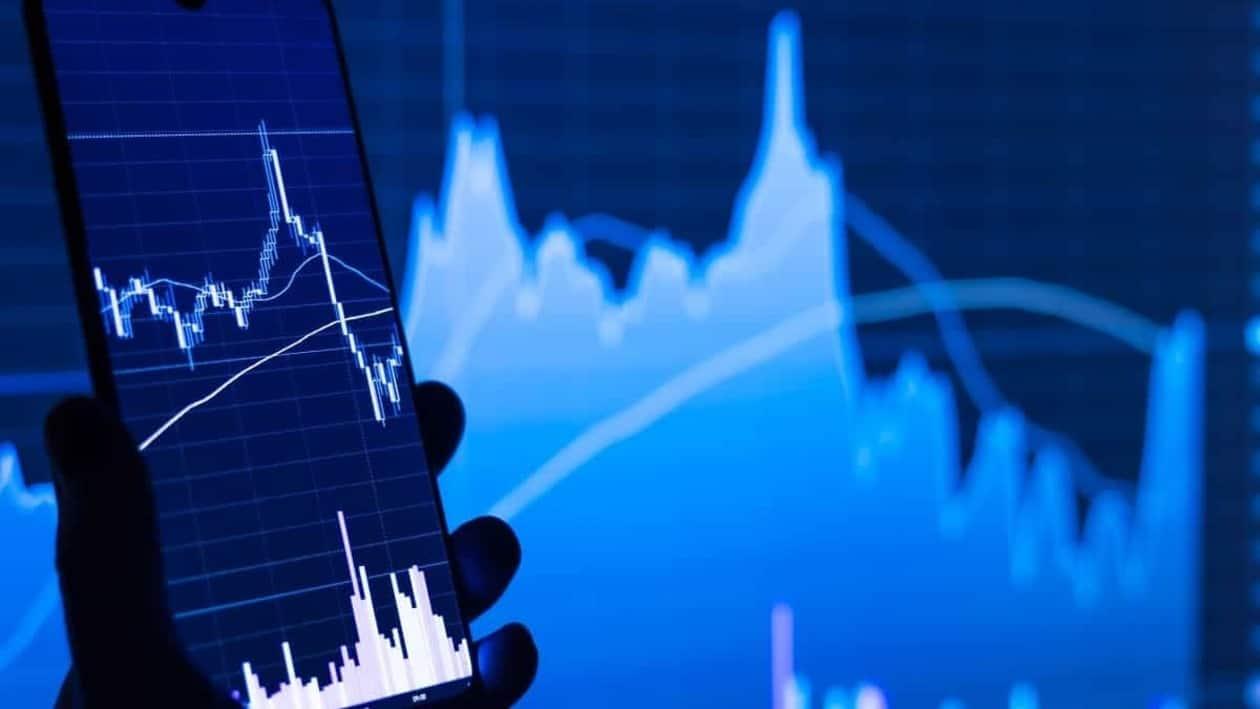India's debt ratio is projected to be 84 percent of its GDP by the end of 2022, which is higher than many emerging economies, but its debt is a little bit easier to sustain, PTI reported, quoting the IMF.
Stressing that it is important for India to now have a very clear medium-term objective on the fiscal, Paolo Mauro, Deputy Director, Fiscal Affairs Department, International Monetary Fund, said there's still not a whole lot of clarity on the fiscal anchor.
"It would be very important to reassure people and investors that things are under control, and things are going to become less vulnerable over time," Mauro told PTI in an interview.
"In terms of the debt ratio, India right now at the end of 2022, we're projecting it at about 84 per cent of GDP. That is higher than in many emerging economies, he said. Of course, he said that India has many special features, such as being the world's most populous country by now and having a very large, emerging economy.
The other things that are special in a way or distinctive compared with other emerging economies are that most of India's debt is in non-indexed domestic currency and there's a large investor base from India. So those are good features to have and that's what makes this debt a little bit easier to sustain, Mauro said.
Having said that, the rollover, the necessity to borrow every year, is very significant. It's about 15 percent of the GDP, he said.
He noted that the fiscal deficit is about 10 per cent of the GDP right now.
That is quite a bit higher than in most emerging economies. About six-and-a-half per cent of the GDP is from the central government; the rest is from the states, he said.
According to official data released last month, the central government's fiscal deficit touched 32.6 percent of the annual target in the current financial year till August, as against 31.1 per cent recorded a year ago.
In actual terms, the fiscal deficit ---the difference between expenditure and revenue ---was ₹5,41,601 crore during the April-August period of this financial year.
On September 29, the RBI said that India's external debt during the first quarter of 2022-23 declined by $2.5 billion to $617.1 billion over the end of March 2022.
At end-June 2022, India’s external debt was placed at $617.1 billion, recording a decrease of $2.5 billion over its level at end-March 2022," according to the RBI's data on India’s external debt as of end-June 2022.
Disclaimer: The views and recommendations made above are those of individual analysts or broking companies, and not of MintGenie.
